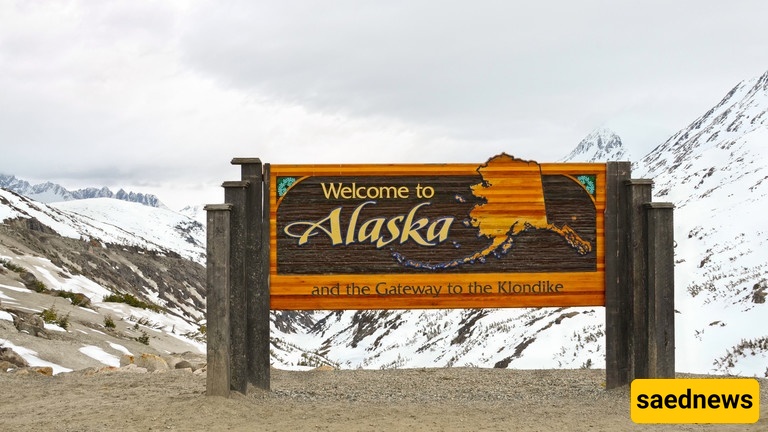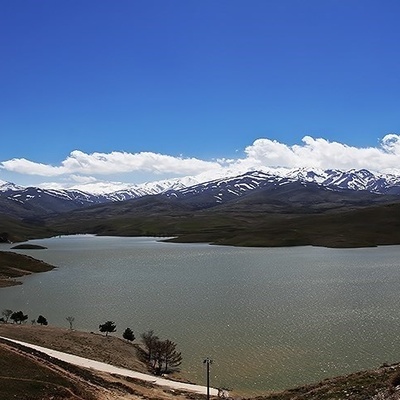SAEDNEWS: In the complex arena of international politics, meeting locations often carry messages beyond their simple appearance. Scheduled meetings between Donald Trump and Vladimir Putin in Alaska gain special significance not only because of geography but also due to strategy, symbolism, and political messaging.

According to Saed News, quoting Russia Today, Trump fully understands that meeting Putin in Alaska is more symbolic than any other location. Alaska, positioned strategically between the United States and Russia, is one of the sensitive and key areas in the geopolitical competition between these two countries. This region, once part of the Russian Empire and later transferred to the United States, has a turbulent history full of negotiations, which now makes it a suitable ground for diplomatic talks and power signaling.

One major reason for this choice is Alaska’s geographical proximity to Russian territory. This closeness indirectly indicates both sides’ willingness to maintain a balance of power and pay attention to border security. Symbolically, this location offers both leaders the opportunity to simultaneously convey messages of cooperation and competition. By selecting this area, Trump wants to show that the U.S. is ready to engage and dialogue with Russia at its borders, but at the same time is prepared to defend itself against any potential threats.
From a political perspective, Alaska can be seen as a starting point for broader negotiations on security, economic, and environmental issues between the two countries. Amid ongoing sanctions, nuclear disagreements, and regional competitions casting a shadow over U.S.-Russia relations, choosing Alaska as the venue offers a chance to redefine this relationship and attempt to ease tensions. With this choice, Trump wants to send a distinct message: the U.S. aims to seek common solutions with Russia alongside safeguarding national security amid global challenges.
The economy of the Alaska region also plays an important part in this equation. Due to its abundant natural resources, especially oil and gas, Alaska holds a significant role in the U.S. economy as well as international interactions. Negotiations here could pave the way for major economic and energy agreements important to both countries. Trump, who has consistently emphasized the importance of utilizing domestic natural resources, knows well that cooperation or competition with Russia in this field can have a profound impact on global markets. The choice of Alaska implicitly stresses the economic and energy priorities in U.S. foreign policy toward Russia.
On the other hand, Alaska symbolizes cold and harsh natural conditions, where endurance and resilience are crucial. This aspect can somewhat reflect the complex and challenging nature of the relationship between Trump and Putin—relations full of rivalry, yet sometimes accompanied by limited tactical cooperation. Alaska’s cold and tough environment sends a subtle message of resistance and steadfastness to global audiences—a message demonstrating to both sides and the international community that these meetings are serious and substantive.
Finally, the media aspect of this choice should not be overlooked. Holding the meeting in a less spotlighted location means media and public focus will be more on the content and outcomes of the negotiations rather than on political theatrics and typical media games. By choosing Alaska, Trump aims to clear the negotiation atmosphere of distractions and focus attention on real and serious issues.
In summary, choosing Alaska as the venue for the Trump-Putin meeting is more than just a simple geographic decision. This choice—symbolic, political, economic, and media-related—reflects Trump’s precise strategy in managing the complex and sensitive relationship with Russia. Understanding these dimensions allows for deeper insight into the behind-the-scenes decisions and messages both sides intend to convey to the world, providing a better analysis of the future of this relationship.

